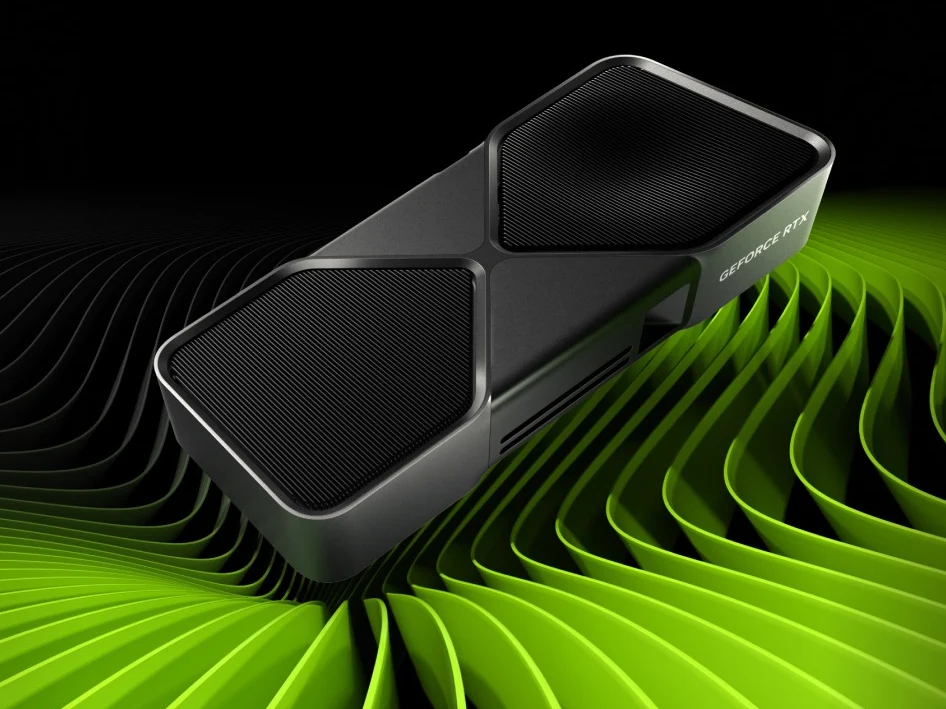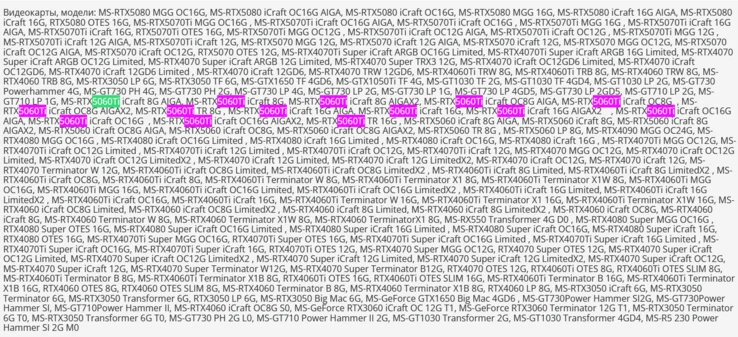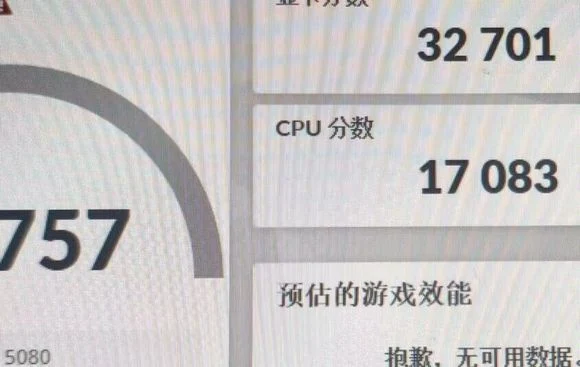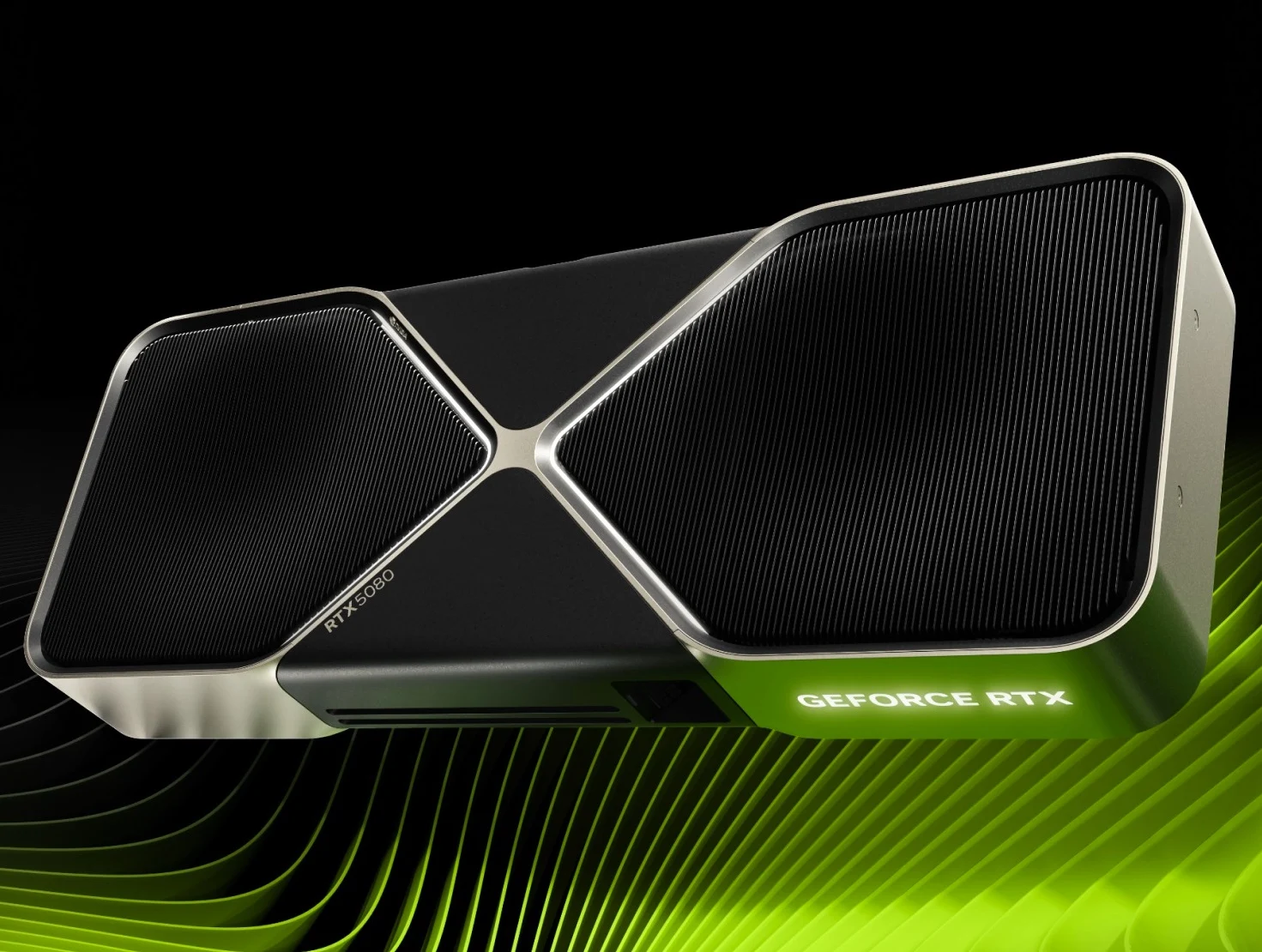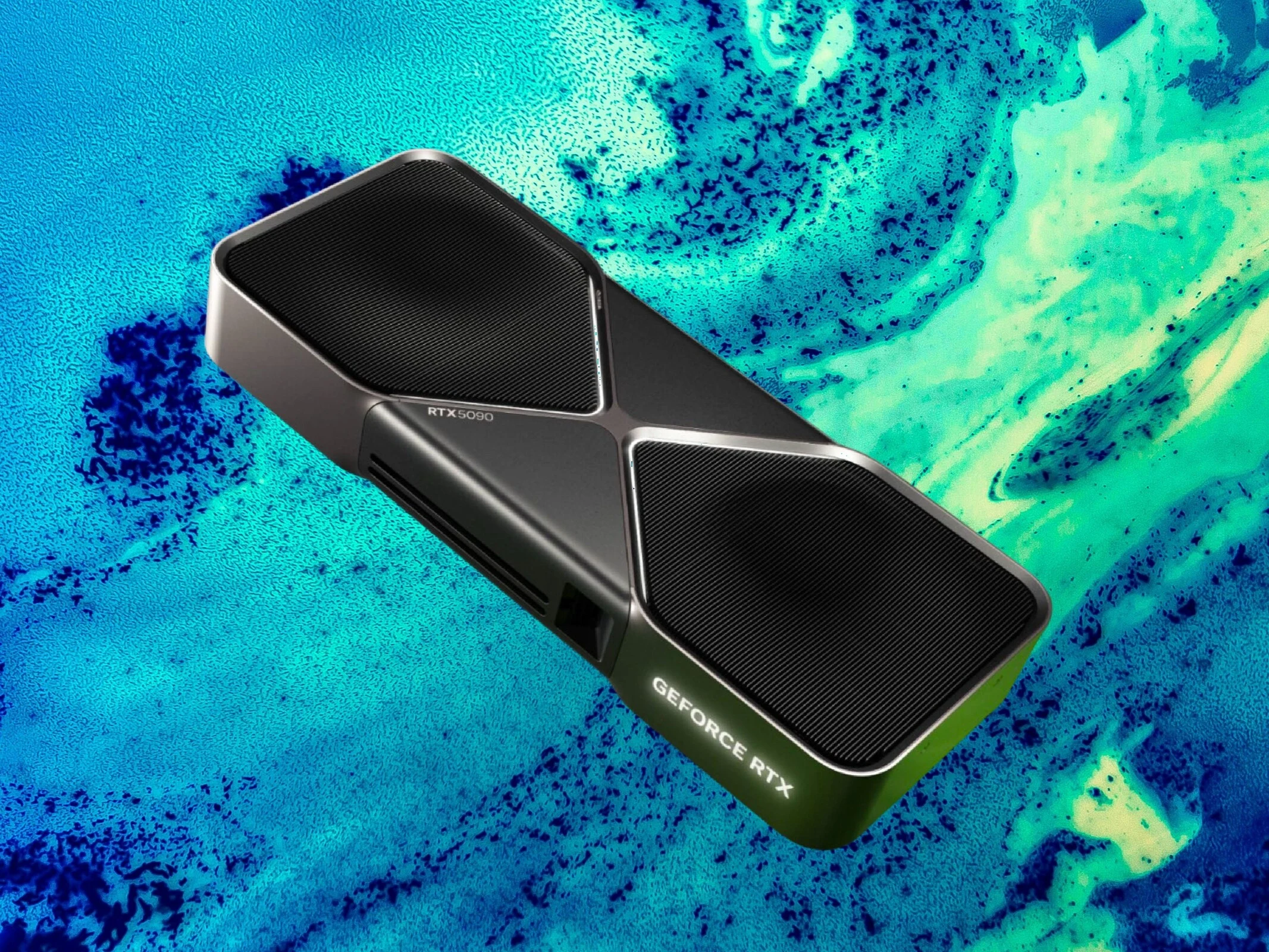For many years, silicon has ruled the semiconductor world, supporting everything from computers to cellphones. But now, silicon is reaching its limits in both performance and scalability. This is where graphene comes in, a material that’s been dubbed a miracle of material science. With its unmatched conductivity and electron mobility, graphene could enable processors to work at terahertz speeds, which is much faster than the gigahertz limits of today’s silicon chips.
What is Graphene?
Graphene consists of a single layer of carbon atoms that are arranged in a hexagonal pattern, giving it amazing strength and electrical characteristics. In contrast to silicon, graphene allows electrons to move with much less resistance, leading to quicker and more efficient processing. However, there is a problem: graphene does not have a band gap. This band gap is essential for semiconductors to switch between on and off states. Without it, graphene cannot act like a traditional transistor—but this has changed now.
Breakthrough in Research
Scientists have finally figured it out. By attaching graphene to silicon carbide and “doping” it with atoms that donate electrons, they have successfully developed a working graphene-based semiconductor. This method, called epitaxial graphene fabrication, creates a band gap while still preserving the unique qualities of graphene.
The outcome? Transistors that are not just ten times faster than silicon ones, but also mostly compatible with current manufacturing methods. This compatibility allows for a seamless shift from silicon to graphene chips, which is a crucial element for making this technology commercially viable.
Industry Perspectives
Graphene’s capabilities go beyond just high-speed electron flow. Even those at the top of the industry recognize that silicon’s dominance is fading. Nvidia’s CEO Jensen Huang famously said, “Moore’s Law is dead.” For those who may not know, Moore’s Law suggested that the number of transistors on a chip would double every two years, leading to massive increases in computing power. However, as transistors become smaller, problems like heat production and switching speeds have notably slowed advancements.
Thanks to its excellent performance and potential for scalability, graphene could be a solution to these challenges. It may even continue or replace the path that Moore’s Law once paved.
Challenges Ahead
As with any emerging technology, some issues need to be resolved before graphene can take the lead. Expanding production and incorporating graphene semiconductors into consumer electronics will call for a substantial investment and a dedication to further innovation. Additionally, there’s the question of whether graphene can surpass other upcoming superconducting technologies in the competitive field of quantum computing.
Nevertheless, the outlook is bright. With its compatibility with current manufacturing processes and ongoing research into quantum applications, graphene semiconductors are more than just a distant possibility—they represent a glimpse into the future of technology.
While graphene-based semiconductors might not immediately resolve all of silicon’s challenges, they signify an important advance. Whether it’s enhancing the performance of your next laptop or realizing the full potential of quantum computing, this breakthrough could change the landscape of technology.
The future is rapidly approaching, and it might just be driven by graphene.
Source:
Link


